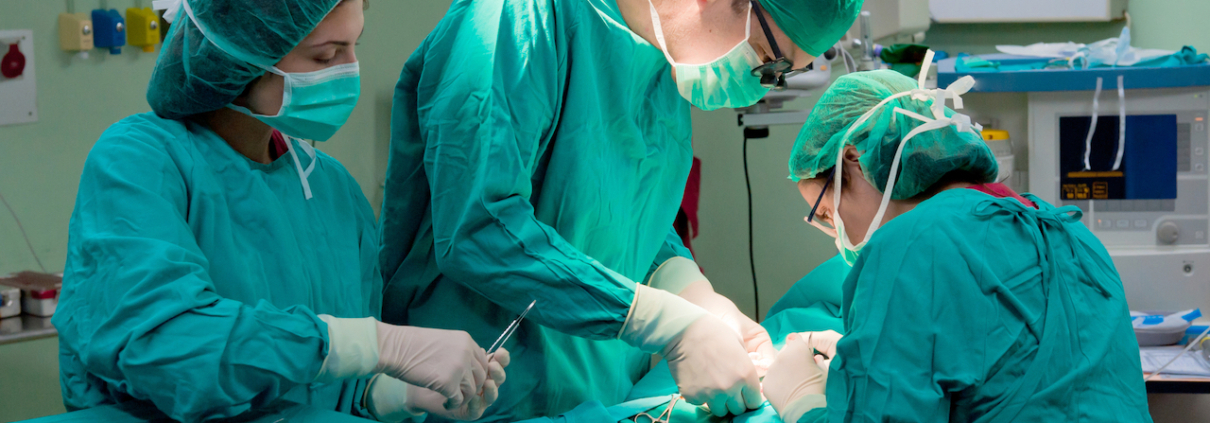How to Increase Efficiency and Reduce Infection in Shoulder Arthroscopies
A shoulder arthroscopy is a form of keyhole surgery that can both diagnose and treat problems in the shoulder. Used to treat injuries and chronic conditions such as arthritis, it involves making small cuts in the skin before using a tiny camera – the arthroscope – to identify problems and guide any repairs.
Key Challenges Associated with Shoulder Arthroscopies
Like all surgical procedures, arthroscopies carry an infection risk for both staff and patient.
Chest Infections
If the patient’s a smoker, for example, they may have an increased risk of getting a chest or wound infection, while the surgeon may encounter certain complications during the procedure.
Surgical Site Infections
Even if the patient is not a smoker, there will still be the risk of surgical site infection, whereby micro-organisms might enter the body and multiply in the tissues.
Also, all bodily fluids can act as a vector for infection. The longer any discharges from an incision remain in an area, the greater the risk of infection.
Saline and Bodily Fluid Spills
Finally, during shoulder arthroscopy procedures, surgeons may inject saline to help them get a clearer view of the area. Heavy use of fluid during a procedure, combined with spilled bodily fluids, can create a serious hazard in the theatre environment.
Increasing Efficiency and Reducing Infection During Shoulder Arthroscopies
A few initiatives can help with infection prevention and control in operating theatre environments:
- Following the Standard Infection Control Procedures.
- Setting and maintaining the correct temperature and humidity.
- Using the correct personal protection equipment (PPE), and following the guidelines for its use.
- Thorough and effective cleaning and sterilisation procedures.
Beyond this, increasing efficiency and reducing infection during shoulder arthroscopies is largely a question of effective fluid control.
Effective Fluid Control During Shoulder Arthroscopies
Saline fluids are an integral part of the shoulder arthroscopy procedure. Some spills are inevitable. However, with the right equipment you can effectively capture and contain any fluids spilled during the procedure to increase cleanliness, reduce infection risk, and improve your turnaround time between procedures.
Reduce Spills & Stay Dry
Sterile absorbent mats are specifically designed to help surgeons stay as dry as possible during shoulder arthroscopies and other procedures, while reducing infection risk.
For example, Cairn Technology’s DryMax Sterile absorbent mats are 75 x 37cm and absorb up to 6 litres of water or 2.4 litres of saline. This makes them perfect for procedures that involve heavy use of irrigation fluid – particularly shoulder arthroscopies, in which it is common for patients to be positioned in such a way that makes spillages more likely.
By simply placing the DryMax Sterile Mat next to the patient, underneath the shoulder joint you’re operating on, it will then effectively capture all the various drips and spills created by the procedure, whether that’s excess saline or bodily fluids. This simple yet effective solution will keep both the patient and the surgeon drier and more comfortable during the arthroscopy procedure.
Improve Turn-Around Time
After the procedure, you can simply dispose of the DryMax Sterile mat in the appropriate waste channel. This will help significantly reduce turnaround times between procedures, helping make your operating theatre as a whole run smoother and more efficiently.
Head here to learn more about how our DryMax Sterile Mats can help you perform shoulder arthroscopies more efficiently.
Want to discuss your theatre’s fluid collection requirements? Call 0333 015 4345 or email info@cairntechnology.com.



